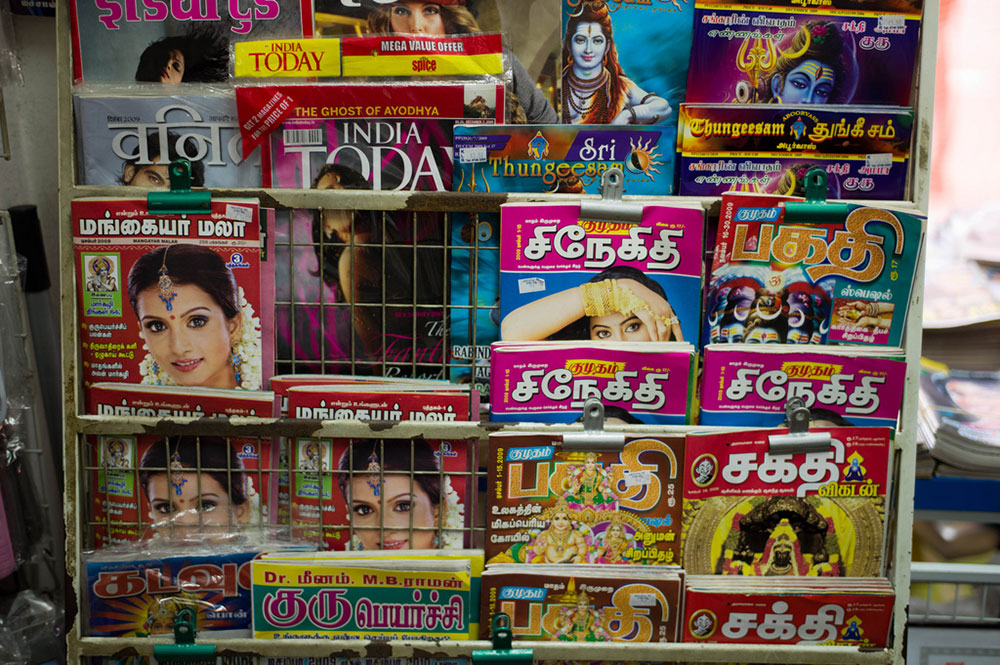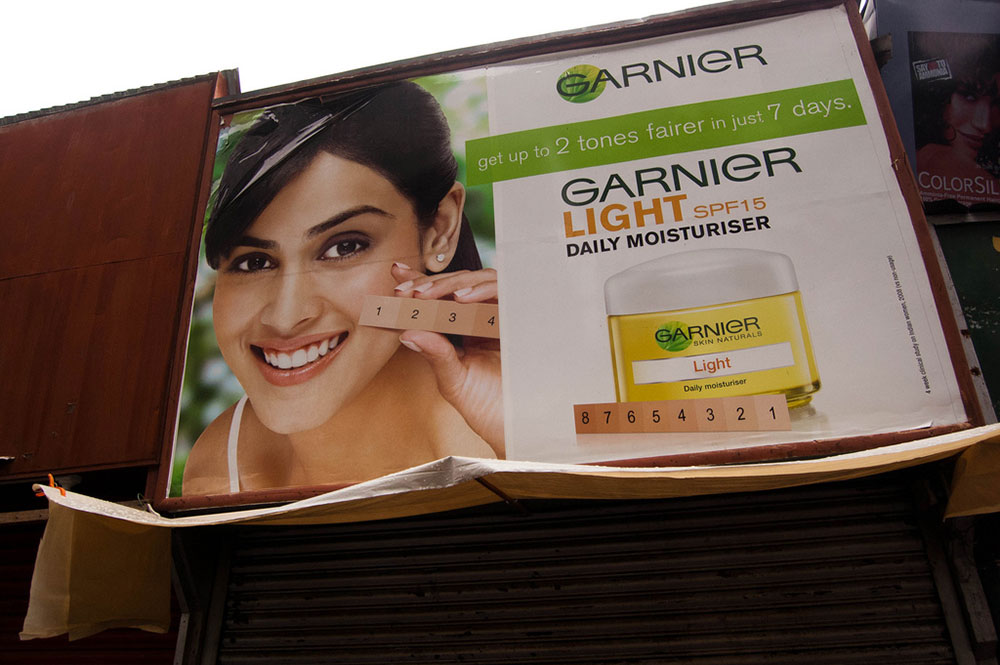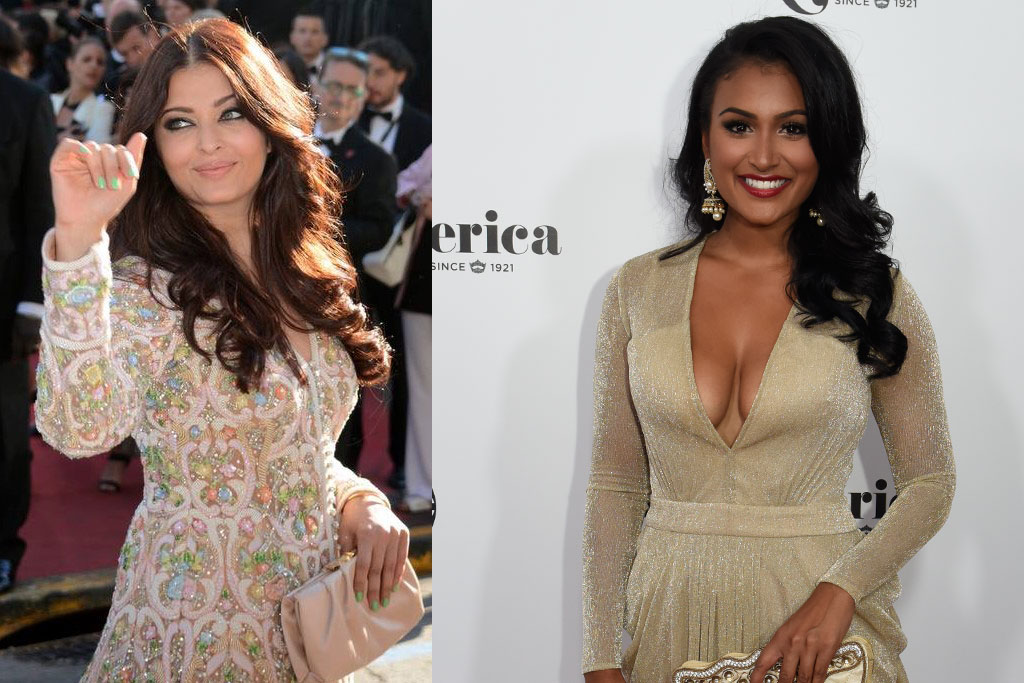When Nina Davuluri was crowned Miss America in 2014, she was the first Indian American in the pageant’s history to win. But she wasn’t America’s – or even India’s – favorite. Tweets such as “I swear I’m not racist, but this is America” and even “9/11 was four days ago and she gets Miss America?” followed her victory. In India, rather than celebrating a daughter’s success in the land of the gore lok, the white people, many were perplexed when they noted the color of her skin. They considered her complexion too dark to be beautiful. Had she entered the Miss India pageant, she would have been advised to “fix” her skin tone.
My family is from India, and I, along with many Indian-American women, can empathize with Nina. We face confusion from the Americans (“But where are you from?”) and scrutiny from the motherland, which we visit only once every few years but remain fiercely connected to regardless. India is my second home, Pune city in Maharashtra state is my favorite city in the world, and I am proud of my Indian heritage. Yet I have developed deep resentment specifically for India’s obsession with fair skin. In my earlier trips, relatives “recommended” that I stay out of the sun, and they emphasized that a “dark face” is not an attractive one. I, at 10 years old, told them about genetics, but the comments didn’t stop. While India has a range of skin tones, varying from olive to chocolate brown, the vast majority falls at the latter end of the spectrum and ironically envies the small percentage on the other side.
When Indians comment on complexion, whether it is Miss America’s or any Indian woman’s, they compare it to a beauty standard that is almost impossible to achieve. The paler the face, the more beautiful it is perceived to be. My first encounter with the skin complexion obsession was when I was nine years old and visiting relatives in Gujarat state. After a few days in the unforgiving desert sun, I tanned into a deep brown.
“Get some powder on this girl’s face, she is turning black,” my grandmother said to my aunt one morning. My aunt powdered my face aggressively, attempting to replace my tan with the complexion of a cartoon ghost. The sweat streaked through my powdered face and soon my forehead resembled that of my grandmother. It was her tone that upset me. Rude, tinged with disgust and disapproval. Turning black, she had said, and I remembered the illustrations in the children’s Hindu mythology books, in which the demons were painted black.

In my subsequent trips to India, I began to notice how deeply situated this skin preference has become. News anchors, soap opera stars, and film actors are all fair. Skin lightening product advertisements insist that “fair is beautiful” on billboards, in newspapers, and on screens. Skin tones are slightly (and acceptably) altered on magazine covers. Indians have willingly embraced the “ideal” face and remain indifferent to its effects on personal relationships and self-confidence. A grandmother tells her granddaughter that she is unattractive, a young boy who is darker than his classmates is teased at school, a marriage may not happen because a woman is too dark for the potential groom’s family’s preference. The harm this brings to self-image drives Indians to try product after product, from skin cleansers to the less common but more controversial vaginal washes, in hopes of attaining fair skin.
The actors and actresses of India’s enormously popular film industry, Bollywood, sponsor these products. A television commercial for a famous skin lightening cream, Fair and Handsome, aired incessantly when I was in India for an internship in 2014. As the incredibly popular Shah Rukh Khan walks down the red carpet, waving to his fans, he notices a young man in the crowd. He is poorly lit, his face hidden in a shadow to create the illusion that he is dark-skinned. The actor hands him a tube of Fair and Handsome fairness cream and says that if he uses it daily, he could be handsome enough to be a successful actor.
These types of creams are the most popular attempt at skin lightening. Some women begin applying Fair and Lovely, Fair and Handsome’s female counterpart, when they are in primary school, hoping to become fairer in the future. Older women who are more aggressive and adamant about lightening their skin use Fair and Lovely and more — skin-bleaching facials, which are laden with harmful chemicals, have become increasingly popular in recent years.
In my experience, Fair and Lovely was completely ineffective. At 10 years old, I learned how to swim in India (“But why does she need to know how to swim?” I could imagine my grandmother saying). I didn’t care much about the “chlorine tan”, but when my complexion darkened after a few lessons, I was given a tube of Fair and Lovely, instead of powder. I felt unattractive, self-conscious, exactly how a young girl should not feel, so I began to apply it daily after I stopped swimming. Three weeks later, I saw no difference, and I left India, feeling relieved that in America, people wish for built-in 45 SPF.
Comments about tanning are now ubiquitous in my visits to India, and as much as I try to ignore them, they still affect me. My recent internship in Pune city began in April, during India’s intense summer. The sun baked the city slowly, and it was primarily women who covered their skin when they went out. They tied scarves, bandhinis, over their hair, over their noses and foreheads, concealing their necks. Women sometimes wore white socks and gloves in 110 degree weather, claiming that it kept them cool, but I couldn’t even imagine how stifling this must have been. At first, I didn’t use a scarf, an act of subconscious rebellion perhaps, but mostly because it was too warm to wear anything at all! But the sun was harsh on my skin, and I knew that I’d receive comments about my skin tone soon enough, so I bought a bright red bandhini to be safe.
Observing her tanned skin, a friend asked me, “Does America have any good skin polishing treatments?”
I didn’t know what a “skin polishing treatment” was, but I immediately thought of what was probably happening in America. Caucasians were surely sprawled out by the pool, lathering 45 SPF on their skin, hoping to turn a nice shade of golden brown and afraid that they would burn instead. She was baffled by the irony.
“They’re so white to begin with that they probably don’t get as dark as us,” my friend said, and I assured her that she looked fine, but how can one compliment change the mindset of a society that has set an unwavering standard of beauty?

While Indians insist that fair is beautiful, not many know from where this preference originated. I asked many relatives and friends why they see dark skin as unattractive.
“It’s just the way it is. Fair skin is healthy, beautiful, a sign of wealth. The British brought this idea to India.”
This was the most popular answer that I received.
One theory does point to imperial Britain and its accompanying elitism. Many upper class Indians mimicked the British wardrobe, cuisine, and lifestyle to attain wealth and cultural capital. This wasn’t because they liked the British, but it was a way to survive in the new system that the invaders created. Bleaching products were nonexistent at the time, so people wore their professions on their faces. Those of lower socioeconomic classes were darker because they were typically laborers and farmers, and the British and Indian landowners, the zamindars, simply controlled the wealth and lived luxuriously. But this theory was too simple and general to explain such a deeply rooted beauty standard, and it is always easy to blame imperial Britain, so I continued researching.
I couldn’t ask my grandmother in Gujarat why she believed that fair is beautiful, as she passed away a few years ago. So I asked my other grandmother, a Maharashtra state history buff, who I stayed with during my internship in Pune. She noted that this beauty preference actually predates the British.
“The British definitely made this problem worse, but Indian kings and queens were also depicted in paintings as much fairer than the common men,” she said, referring to the Rajputs of Rajasthan, Shivaji Maharaj of the Maratha empire, and even the rulers of the early Mughal empire. This suggested that perhaps a lighter skin tone was tied to social standing and wealth for much of Indian history. The University of Cambridge discussed a 2013 study that agreed with my grandmother. Researchers found the SLC24A5 gene variant in Indians, which is responsible for light skin in Europeans. Skin color variations in India are not determined entirely by proximity to the equator. There are light skinned South Indians and dark skinned North Indians. This is unique to the subcontinent. The study suggested that India’s caste system caused this phenomenon; “aspects of ‘social selection’, such as high levels of ‘endogamy’ — marriage within a particular group in accordance with custom — as a result of the caste system, has created a ‘mosaic pattern’ for this skin pigmentation mutation across Indian populations.”
But this raised the question: why? What tied light skin to higher castes? Historians long believed that the Aryans from Europe invaded India thousands of years ago and brought Sanskrit, the beginnings of Hindu spirituality, and light skin, with them. The Vedas, Hinduism’s first rule books, were written in this period, and they suggested that the Aryans were the first Brahmins (“arya” means “noble” in Sanskrit), those of the elite caste in India’s social pyramid. But the Aryan invasion theory is losing credibility due to a lack of archeological evidence. Researchers are attempting to determine who brought this gene mutation to India and whether that group represented the “elite” in India’s early history. However, when discrediting the Aryan migration, historians struggle to explain who the “arya” were from the Vedas. This questions the very origins of Hinduism, so muddling through India’s history has been quite challenging. Theories and counter-theories are summed up nicely(http://archaeologyonline.net/artifacts/aryan-invasion-theories) here.
Because of these historical uncertainties and the intricacies of Indian cultures and people, some believe that skin color and caste are not at all connected. Those of lower castes are not always darker than those of higher castes, though many Indians of lower castes have occupations that subject them to the harsh Indian sun. There can be a wide range of skin tones in one family, in which everyone is of the same caste, as Murali Balaji says in a Huffington Post article – something I’ve noticed in my family as well.
The origins of the fair complexion obsession remain elusive, and this preference has persisted for almost seven decades after the British left. Perhaps it is so ingrained in India’s history that Fair and Lovely, when it appeared on the market in the seventies, profited immensely on the single idea that fair is beautiful and beauty lies primarily in fairness. Those who were applying powder on their faces could apply a cream instead that could (magically) change the color of their skin! This idea became self-perpetuating and the explanation for this preference was lost. That’s just the way it is, relatives say.

I am certain, though, that these attitudes towards melanin have been augmented by the growing film industry. Though Indian actors advertise products for men, such as Fair and Handsome, this is a more recent trend. Women have been relentlessly chasing fairness since green-eyed, fair skinned Aishwariya Rai was crowned Miss World in 1994, a victory that Indians did accept. She then became an actress, setting the standard of Bollywood beauty. But these actresses do not look like the average Indian woman at all. They undergo expensive plastic surgery and intense skin bleaching treatments in order to be fairer than any average Indian woman could. Now, what is even more concerning is that the Indian public expects these actresses to be fair, and they are criticized when they are not. When Indian women compare themselves to these actresses, the skin cream brands profit.
But the truth is: A woman with chocolate skin cannot cross the spectrum with one skin cream. And why should she? It is unnatural, and it does more physical and psychological harm than good.
Change has only sparked recently, originating specifically from where it must: the media and Bollywood. In August 2014, India’s Advertising Standards Council passed guidelines to ensure that future ads do not insult those with darker skin tones. Advocacy organizations have started petitions to ban the Fair and Handsome commercial with the famous actor. A darker Bollywood actress, Nandita Das, has collaborated with Women of Worth to start the “Dark is Beautiful” campaign, daring people to be colorblind and “stay unfair”. •
But that is only one actress. Fairness creams remain on shelves, men are beginning to feel just as self-conscious about their complexion as women are, and grandmothers continue to tell their granddaughters to stay out of the sun. •
Lead image: screenshot from a Fair and Lovely ad. Other images by Kevin Utting via Flickr (Creative Commons), Whitney via Flickr (Creative Commons), Disney/ABC Television Group via Flickr (Creative Commons), Georges Biard via Wikimedia Commons (Creative Commons)




